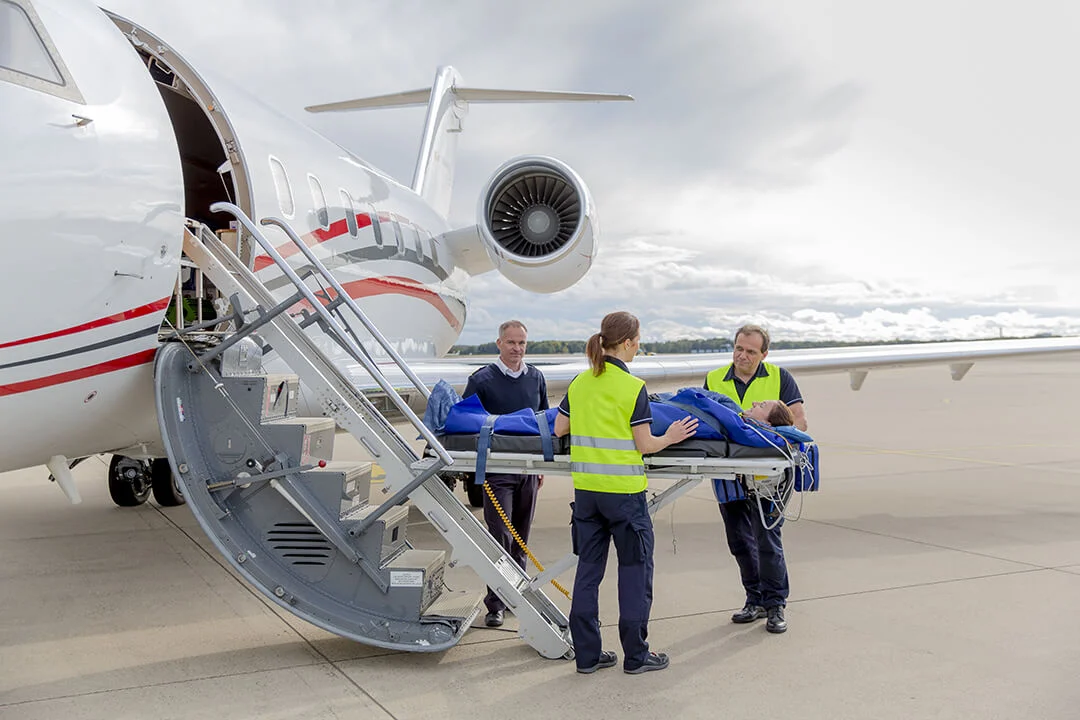Transporting a deceased body by air is a delicate and solemn process that requires careful planning and adherence to specific regulations. Whether it is repatriating a loved one’s remains or arranging for a deceased person’s final journey, this guide will provide you with essential information and guidelines for the proper transportation of a dead body by air.
I. Understanding Legal Requirements and Documentation Before initiating the process of transporting a deceased body by air, it is crucial to familiarize yourself with the legal requirements and documentation involved. This ensures compliance with national and international regulations, facilitating a smooth journey for the departed. The following are some key points to consider:
- Death Certificate and Related Documents:
- Obtain the official death certificate from the appropriate authorities.
- Gather any additional documentation required, such as a no-objection certificate (NOC) or a coroner’s report, depending on the specific circumstances and destinations involved.
- Consulate or Embassy:
- Contact the relevant consulate or embassy of the destination country to understand their specific requirements and procedures.
- Seek assistance in obtaining necessary permits or clearances, if applicable.
II. Selecting a Reputable Funeral Home or Service Provider To ensure the deceased body’s respectful and professional handling, it is essential to choose a reputable funeral home or service provider specializing in air transportation. Consider the following factors when selecting a provider:
- Experience and Expertise:
- Look for a funeral home or service provider experienced in transporting deceased bodies by air.
- Verify their certifications, licenses, and reputation within the industry.
- Services Offered:
- Inquire about the range of services they provide, including embalming, casket selection, transportation arrangements, and documentation assistance.
- Confirm if they have partnerships or contacts with airlines and cargo companies for a seamless process.
III. Packaging and Preparation Proper packaging and preparation of the deceased body are crucial to maintaining dignity and complying with safety regulations. Follow these guidelines:
- Embalming and Preservation:
- In most cases, embalming is mandatory for air transportation to prevent decomposition during the journey.
- Engage professional embalmers to ensure the body is properly preserved.
- Coffin Selection and Packaging:
- Select an appropriate coffin or container that meets airline and international shipping standards.
- Ensure the container is secure, leak-proof, and properly sealed.
IV. Airline and Cargo Arrangements Coordinating with airlines and cargo companies is essential for successful transportation. Consider the following steps:
- Contact the Airline:
- Inform the chosen airline about your intention to transport a deceased body.
- Understand their specific requirements, procedures, and any restrictions they may have.
- Cargo Company:
- If the airline does not handle deceased body transportation directly, contact a specialized cargo company that deals with such services.
- Provide them with the necessary documentation and follow their guidelines for packaging and delivery.
V. Travel and Arrival Procedures To ensure a smooth journey and arrival at the intended destination, it is important to be aware of the travel and arrival procedures:
- Escort Arrangements:
- Determine whether an escort is required to accompany the deceased on the flight.
- Understand the necessary procedures for the escort, including obtaining relevant travel documents and permissions.
- Custom Clearance and Procedures:
- Research and understand the customs and immigration procedures of the destination country.
- Ensure all required paperwork is completed accurately to expedite the clearance process.
Conclusion: Transporting a deceased body by air requires meticulous planning, adherence to legal requirements, and coordination with various stakeholders. By understanding the documentation, selecting a reputable service provider, preparing the body appropriately, arranging airline and cargo logistics, and following travel and arrival procedures, you can ensure respectful and dignified transportation of your loved one to their final destination. Remember to consult with professionals and seek guidance from relevant authorities throughout the process to ensure a smooth and compassionate journey for the departed.



